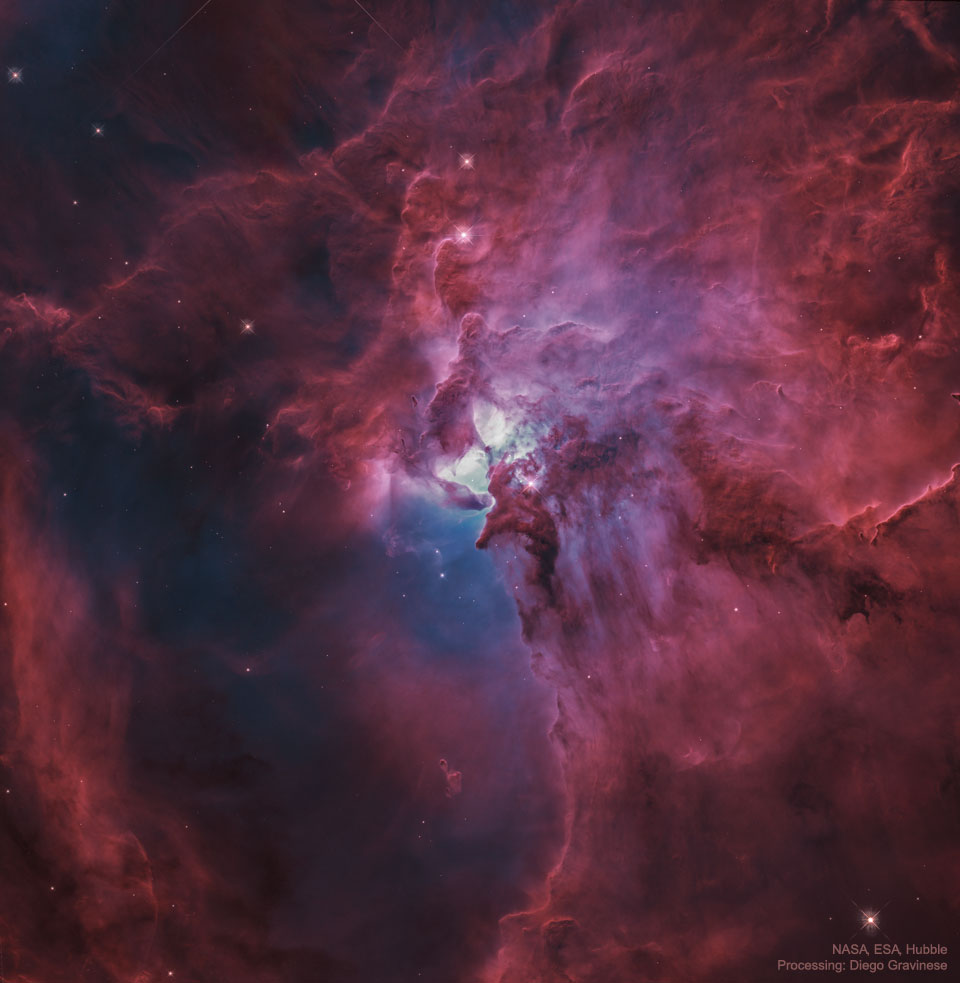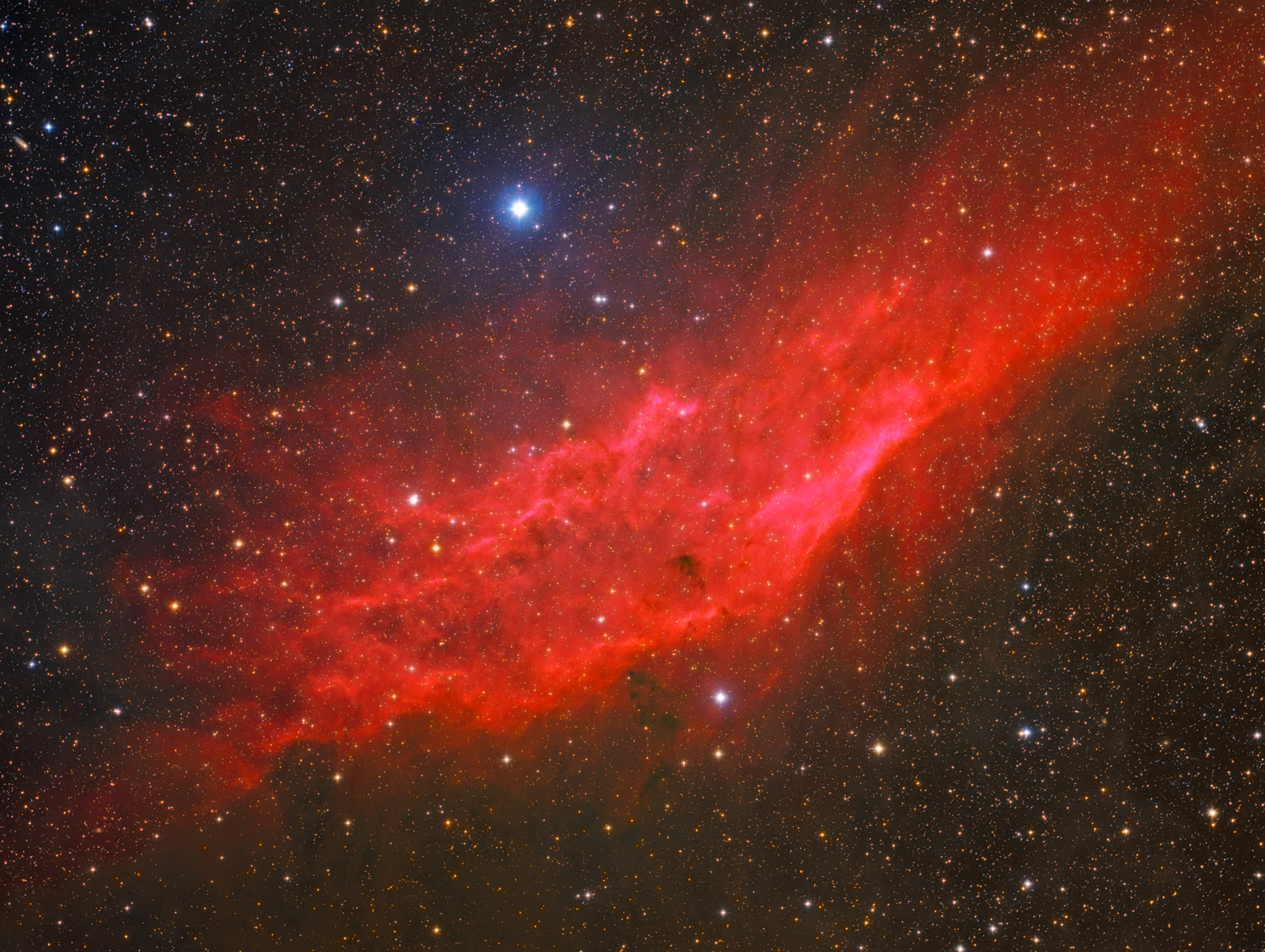Blog
Josephine Baker (born Freda Josephine McDonald, naturalised French Joséphine Baker; 3 June 1906 – 12 April 1975) was an American-born French entertainer, French Resistance agent, and civil rights activist. Her career was centered primarily in Europe, mostly in her adopted France. Baker was the first African-American to star in a major motion picture, the 1927 silent film Siren of the Tropics, directed by Mario Nalpas and Henri Étiévant.
During her early career Baker was renowned as a dancer, and was among the most celebrated performers to headline the revues of the Folies Bergère in Paris. Her performance in the revue Un vent de folie in 1927 caused a sensation in Paris. Her costume, consisting of only a short skirt of artificial bananas and a beaded necklace, became an iconic image and a symbol of the Jazz Age and the 1920s.
Baker was celebrated by artists and intellectuals of the era, who variously dubbed her the “Black Venus”, the “Black Pearl”, the “Bronze Venus”, and the “Creole Goddess”. Born in St. Louis, Missouri, she renounced her U.S. citizenship and became a French national after her marriage to French industrialist Jean Lion in 1937. She raised her children in France. “I have two loves, my country and Paris”, Baker once said, and she sang: « J’ai deux amours, mon pays et Paris ».
She was known for aiding the French Resistance during World War II. After the war, she was awarded the Croix de guerre by the French military, and was named a Chevalier of the Légion d’honneur by General Charles de Gaulle.
Baker refused to perform for segregated audiences in the United States and is noted for her contributions to the Civil Rights Movement. In 1968, she was offered unofficial leadership in the movement in the United States by Coretta Scott King, following Martin Luther King Jr.‘s assassination. After thinking it over, Baker declined the offer out of concern for the welfare of her children.
https://www.youtube.com/watch?v=H46uf5-Way0
more...This picture of the nearby galaxy NGC 3521 was taken using the FORS1 instrument on ESO’s Very Large Telescope, at the Paranal Observatory in Chile. The large spiral galaxy lies in the constellation of Leo (The Lion), and is only 35 million light-years distant. This picture was created from exposures taken through three different filters that passed blue light, yellow/green light, and near-infrared light. These are shown in this picture as blue, green, and red, respectively.

Ilaiyaraaja (born 2 June 1943) is an Indian film composer, singer, songwriter, instrumentalist, orchestrator, conductor-arranger and lyricist who works in the Indian film industry, predominantly in Tamil and other languages including Telugu, Kannada, Malayalam, Marathi, Hindi and English. Widely regarded as one of the greatest Indian music composers, he is credited with introducing western musical sensibilities in the Indian film musical mainstream. Reputed to be the world’s most prolific composer, he has composed more than 7,000 songs, provided film scores for more than 1,000 movies and performed in more than 20,000 concerts. Being the first Asian to compose a full symphony with the Royal Philharmonic Orchestra in London, Ilaiyaraaja is known to have written the entire symphony in less than a month. He is also a gold medalist in classical guitar from Trinity College of Music, London, Distance Learning Channel. In a poll conducted by CNN-IBN celebrating 100 years of Indian cinema in 2013, Ilaiyaraaja was voted as the all-time greatest film-music director of India. U.S.-based world cinema portal “Taste of Cinema” placed Ilaiyaraaja at the 9th position in its list of 25 greatest film composers in the history of cinema and he is the only Indian in that list.
Ilaiyaraaja is known for integrating Indian folk music and traditional Indian instrumentation with western classical music techniques. His scores are often performed by the Budapest Symphony Orchestra. He is a recipient of five Indian National Film Awards—three for Best Music Direction and two for Best Background Score. In 2010, he was awarded the Padma Bhushan, the third-highest civilian honour in India and the Padma Vibhushan in 2018, the second-highest civilian award by the government of India. In 2012, he received the Sangeet Natak Akademi Award, the highest Indian recognition given to practising artists, for his creative and experimental works in the music field.
In 2003, according to an international poll conducted by BBC, more than half-a million people from 165 countries voted his composition Rakkamma Kaiya Thattu from the 1991 film Thalapathi as the fourth in the world’s top 10 most popular songs of all time. According to Achille Forler, board member of the Indian Performing Right Society, the kind of stellar body of work that Ilaiyaraaja has created in the last 40 years should have placed him among the world’s Top 10 richest composers, somewhere between Andrew Lloyd Webber ($1.2 billion) and Mick Jagger (over $300 million).
Ilaiyaraaja is nicknamed Isaignani (The musical genius in English) and often referred to as Maestro, the prestigious title conferred by the Royal Philharmonic Orchestra, London. The critically acclaimed Thiruvasagam (2006) is the first Indian oratorio composed by Ilaiyaraaja. Winner of numerous accolades, one of his compositions was part of the playlist for the opening ceremony of the 2012 London Olympics.
https://www.youtube.com/watch?v=rXw5Oelk4q8&t=34s
more...Charles Robert Watts (born 2 June 1941) is an English drummer, best known as a member of the Rolling Stones since 1963. Originally trained as a graphic artist, he started playing drums in London’s rhythm and blues clubs, where he met Brian Jones, Mick Jagger, and Keith Richards. In January 1963, he joined their fledgling group, the Rolling Stones, as drummer, while doubling as designer of their record sleeves and tour stages. Watts cites jazz as a major influence on his drumming style. He has toured with his own group, the Charlie Watts Quintet, and appeared in London at Ronnie Scott’s Jazz Club with the Charlie Watts Tentet.
In 2006, Watts was elected into the Modern Drummer Hall of Fame; in the same year, Vanity Fair elected him into the International Best Dressed List Hall of Fame. In the estimation of noted music critic Robert Christgau, Watts is “rock’s greatest drummer.” In 2016, he was ranked 12th on Rolling Stone‘s “100 Greatest Drummers of All Time” list.
https://www.youtube.com/watch?v=b0iLSCgMjvE
more...Valaida Snow (June 2, 1904 – May 30, 1956) was a virtuoso American jazz musician and entertainer who became an internationally celebrated talent. She was known as “Little Louis” and “Queen of the Trumpet,” a nickname given to her by W.C. Handy.
She was born in Chattanooga, Tennessee. Her mother, Etta, was a Howard University-educated music teacher and her father, John, was a minister who was the leader of the Pickaninny Troubadours, a group mainly consisting of child performers. Raised on the road in a show-business family, where starting from the age of 5, she began performing with her father’s group. By the time she was 15, she learned to play cello, bass, banjo, violin, mandolin, harp, accordion, clarinet, trumpet, and saxophone. She also sang and danced.
Her solo career began when she joined a popular revue called “Holiday in Dixieland,” after exiting an abusive marriage. She then held a residency at a Harlem cabaret, which helped lead her to be cast along Josephine Baker in the musical “In Bamville,” a follow-up to the enduring hit musical “Shuffle Along.” While the musical was itself not a hit, Baker and Snow both received positive reviews.
After focusing on the trumpet, she quickly became so famous at the instrument that she was named “Little Louis” after Louis Armstrong, who called her the world’s second best jazz trumpet player besides himself. W. C. Handy, who is known as the Father of the Blues, gave her the nickname “Queen of the Trumpet.” Contemporary critics Krin Gabbard and Will Friedwald have commented on her approach to playing like Armstrong. Gabbard said she developed a “distinctly Armstrongian style” and Friedwald said she “mimicked” Armstrong.
more...The center of the Lagoon Nebula is a whirlwind of spectacular star formation. Visible near the image center, at least two long funnel-shaped clouds, each roughly half a light-year long, have been formed by extreme stellar winds and intense energetic starlight. A tremendously bright nearby star, Hershel 36, lights the area. Vast walls of dust hide and redden other hot young stars. As energy from these stars pours into the cool dust and gas, large temperature differences in adjoining regions can be created generating shearing winds which may cause the funnels. This picture, spanning about 15 light years, features two colors detected by the orbiting Hubble Space Telescope. The Lagoon Nebula, also known as >M8, lies about 5000 light years distant toward the constellation of the Archer Sagittarius.

Alanis Nadine Morissette (born June 1, 1974) is a Canadian-American singer, songwriter, record producer, and actress. Known for her emotive mezzo-soprano voice, Morissette began her career in Canada in the early 1990s with two mildly successful dance-pop albums. Afterwards, as part of a recording deal, she moved to Holmby Hills, Los Angeles and in 1995 released Jagged Little Pill, a more rock-oriented album which sold more than 33 million copies globally and is her most critically acclaimed work. Her follow-up album, Supposed Former Infatuation Junkie, was released in 1998.
Morissette assumed creative control and producing duties for her subsequent studio albums, including Under Rug Swept (2002), So-Called Chaos(2004), Flavors of Entanglement (2008), and Havoc and Bright Lights (2012). Her 9th album, Such Pretty Forks in the Road is set to be released in 2020. Morissette has sold more than 75 million records worldwide and has been dubbed the “Queen of Alt-Rock Angst” by Rolling Stone.
more...Ronald David Wood (born 1 June 1947) is an English rock musician, songwriter, multi-instrumentalist, artist, author and radio personality best known as a member of The Rolling Stones since 1975, as well as a member of Faces and the Jeff Beck Group.
Wood began his career in 1964, when he joined The Birds (not to be confused with the American band The Byrds) on guitar. He then joined the modgroup The Creation, but remained with the group only for a short time and appeared on a small number of singles. Wood joined the Jeff Beck Group in 1967 as a bass player. The band released two albums, Truth and Beck-Ola, both seminal albums.
The group split in 1969, and Wood departed along with lead vocalist Rod Stewart to join former Small Faces members Ronnie Lane, Ian McLagan and Kenney Jones in a new group named Faces. The group found great success in the UK and mainland Europe, though were relegated to cult status in the United States. Faces released its debut album, First Step, in 1970. The group went on to release Long Player and A Nod Is As Good As a Wink… to a Blind Horse in 1971. Their last LP, titled Ooh La La, was released in 1973. Wood co-wrote and sang the album’s popular title track.
As the group began to split, Wood started several solo projects, eventually recording his first solo LP, I’ve Got My Own Album to Do, in 1974. The album featured bandmate McLagan as well as former Beatle George Harrison and Keith Richards of The Rolling Stones, a longtime friend of Wood’s. Richards soon invited Wood to join the Rolling Stones, after the departure of Mick Taylor. Wood joined in 1975, but was not officially inducted as a member until bassist Bill Wyman‘s departure in 1993.
Besides I’ve Got My Own Album to Do, Wood has recorded several other solo efforts. Now Look was released in 1975, and peaked at No. 118 on Billboard, and Wood collaborated with Ronnie Lane for the soundtrack album Mahoney’s Last Stand. He released Gimme Some Neck in 1979, which hit No. 45 in the US, 1234 was released in 1981, peaking at No. 164. He released Slide on This in 1992, Not for Beginners came out in 2002. and I Feel Like Playing in 2010. As a member of the Rolling Stones, Wood was inducted into the Rock and Roll Hall of Fame in 1989, and was inducted a second time, as a member of Faces, in April 2012.
more...Herbie Lovelle (1 June 1924 – April 8, 2009) was an American drummer, who played jazz, R&B, rock, and folk. He was also a studio musician and an actor.
Lovelle’s uncle was the drummer Arthur Herbert. Lovelle began his career with the trumpeter, singer and band leader Hot Lips Page in the late 1940s, then played in the 1950s with the saxophonist Hal Singer, Johnny Moore‘s Three Blazers and the pianist Earl Hines. Through working for both Lucky Thompson and Jimmy Rushing of Count Basie’s Orchestra, he became house drummer at the Savoy Ballroom in New York City for much of the 1950s. He toured with the tenor saxophonist Arnett Cobb and the pianist Teddy Wilson in 1954. In 1959 he contributed to the pianist Paul Curry’s album Paul Curry Presents the Friends of Fats, released on the Golden Crest label.
In the early years of television, he performed with the King Guion Orchestra on the Jerry Lester Show and the Ed Sullivan Show. In 1966, he was the lead drummer for the Sammy Davis, Jr. TV show.
Lovelle began playing more R&B in the 1950s and worked as a studio musician, often with Sam Taylor. He played on albums by Bob Dylan (The Freewheelin’ Bob Dylan), Pearls Before Swine, Eric Andersen, David Blue, John Denver, Tom Rush, B. B. King, John Martyn (Stormbringer!), the Strangeloves, the McCoys, and the Monkees. He continued working as a studio musician well into the 1980s.
In 1976, he produced the first album by Stuff, which went platinum in Japan. He also played drums in the 1976 revival of Guys and Dolls.
From the 1980s on, he acted in film and television, including on Law & Order (1995–2004). His film credits include Bella (2006), Mitchellville (2004) (Sundance), The Rhythm of the Saints (2003), Don’t Explain (2002), The Curse of the Jade Scorpion (2001), Down to Earth (2001), Girlfight (2000), Maximum Risk (1996), Getting Away with Murder (1996), White Lies (1996), Bleeding Hearts(1994), The Paper (1994), Running on Empty (1988), Death Wish III (1985), A Man Called Adam (1966). His TV credits include Into the Fire (2005), How Do You Spell Belief? (2005), Kingpin Rising (2005), Third Watch (2 episodes, 2005), and Law & Order TV (1995–2004).
https://www.youtube.com/watch?v=hRJZDKnmtgk
more...Lafayette Leake (June 1, 1919 – August 14, 1990) was a blues and jazz pianist, organist, vocalist and composer who played for Chess Records as a session musician, and as a member of the Big Three Trio, during the formative years of Chicago blues. He played piano on many of Chuck Berry‘s recordings.
Leake was born in Winona, Missouri, in 1919. Information about his early years is sparse, but in the early 1950s he joined the Big Three Trio (replacing Leonard Caston) and began his association with Chess Records, where he worked closely with bassist, producer, and songwriter Willie Dixon.
Leake played piano on One Dozen Berrys, Chuck Berry’s second album, released in 1958 by Chess. He was then on Chuck Berry Is on Top; Leake (not Berry’s longtime bandmate Johnnie Johnson) played the prominent piano on the classic original rendition of “Johnny B. Goode“, as well as “Rock and Roll Music“. Leake played on numerous other Chess sessions from the ’50s through the ’70s, backing many of the Chess greats, including Sonny Boy Williamson, Otis Rush, Junior Wells, and Little Walter. Leake gave Chicago blues musician Harmonica Hinds his first harmonica lesson on the street in Toronto, Ontario.
During the 1960s Willie Dixon formed the Chicago Blues All-Stars, with Leake as resident pianist. Leake toured and recorded with this group until the mid-1970s. After that he did little recording or touring, although he appeared with Chuck Berry at the Chicago Blues Festival in 1986 and recorded “Hidden Charms” with Willie Dixon in 1988.
more...The California Nebula (NGC 1499) is an emission nebula located in the constellation of Perseus. It is so named because it appears to resemble the outline of the US State ofCalifornia on long exposure photographs. It is almost 2.5° long on the sky and, because of its very low surface brightness, it is extremely difficult to observe visually. It lies at a distance of about 1,000 light years from Earth. The California Nebula was discovered by E. E. Barnard in 1884.
Telescope: Takahashi BabyQ 85
Mount: Skywatcher HEQ5 Pro
Camera: QSI 683 Momo
Filters: Astrodon Gen II, LRGB + Ha
Subexposures: 300sec bin1 Lum, 300sec bin2 Color + Ha
Total Exposure: 7h
Location: Mt. Parnon, Greece

More Posts
- Cosmos Barnard 33 & NGC 2024
- Anita Baker
- Huey “Piano” Smith
- Clement “Coxsone” Dodd
- Stéphane Grappelli
- Flamenco Fridays Niño de Pura
- Daily Roots Bunny Wailer
- Happy Kumbh Mela 2024
- Cosmos COMET 62/P TSUCHINSHAN
- Etta James
- Benny Golson
- Antônio Carlos Jobim
- Sleepy John Estes
- Daily Roots Gusse Clarke
- Mardi Gras Day 2024
- Cosmos NGC 281
- Aaron Neville
- Joe Albany
- Jimmy Forrest
- World Music Saïd Chalaban